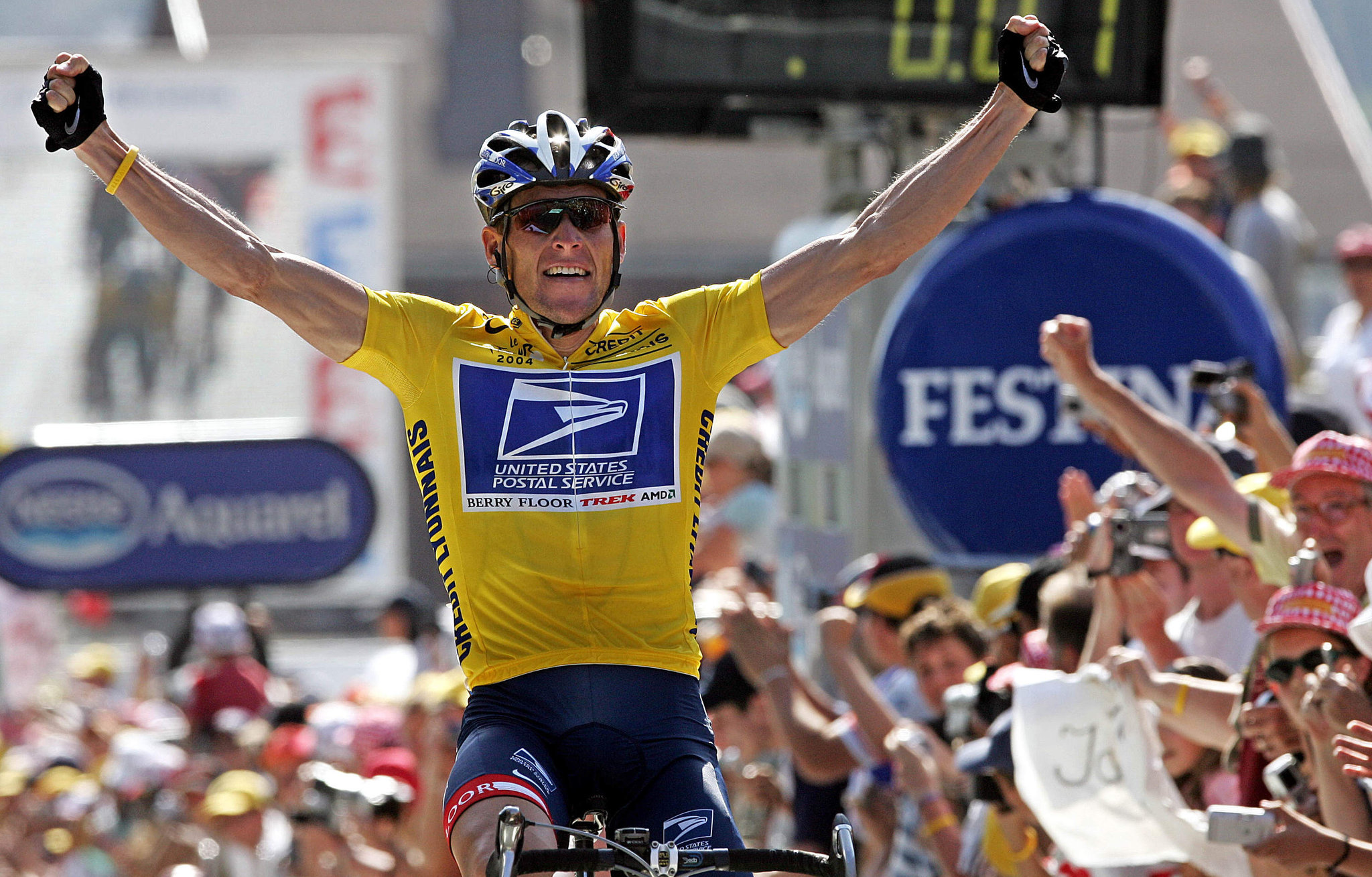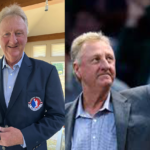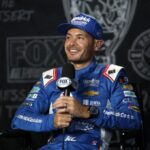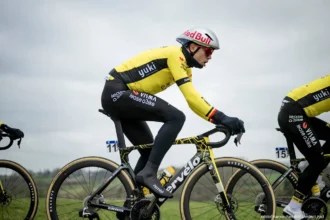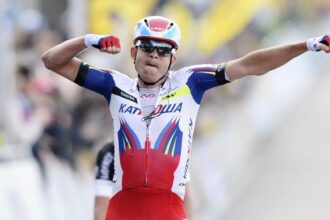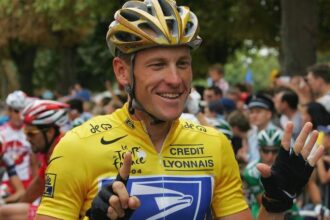Lance Armstrong, a name synonymous with excellence in the world of cycling, has undergone a remarkable journey marked by triumph, scandal, and resurrection. His tale is one that embodies the complexity of human ambition—a blend of extraordinary achievement and profound moral ambiguity. As we delve into the life of Lance Armstrong, it is essential to peel back the layers to uncover the untold stories that have shaped him beyond the headlines, revealing insights that continue to resonate with fans and critics alike.
The Rise of a Champion
Born on September 18, 1971, in Plano, Texas, Lance Edward Armstrong exhibited a passion for sports from an early age. His initial forays into athletics involved swimming and triathlons, where he displayed an innate talent that would later flourish on the cycling track. After winning the junior national triathlon championships in 1989, it became evident that he had the potential to excel in a single sport—cycling.
Armstrong turned professional in 1992, competing for the Motorola team and quickly rising through the ranks. Within a few years, he established himself as a formidable force, clinching the World Road Racing Championship in 1993. However, this early success was overshadowed by a life-altering diagnosis. In 1996, Armstrong was diagnosed with stage three testicular cancer, which had metastasized to his lungs and brain. Faced with this existential battle, Armstrong’s resolve only deepened; he underwent a rigorous treatment regimen and remarkably persevered against the odds.
The year following his recovery, Armstrong made a triumphant return to competitive cycling, embarking on a path that would ultimately lead to a legendary status in the sport. In 1999, he won his first Tour de France title, a feat he would replicate seven consecutive times—until 2005. For an athlete once given a slim chance of survival, his success stunned the cycling world, but the public was unaware of the controversies that loomed not far behind.
The Facade of Success
As Armstrong’s charisma grew, so did the scrutiny surrounding his successes. Behind the façade of relentless determination, whispers of doping began to swirl within the cycling community. In professional sports, where competition breeds desperation, the pressures of achieving greatness often lead athletes to resort to morally questionable practices, and Armstrong’s case was not exempt.
The allegations gained momentum in the 2000s, with critics citing his remarkable comebacks and the astonishing ways he dominated races, which seemed too good to be true. However, Armstrong vehemently denied these accusations, maintaining that he was a clean athlete. His book, “It’s Not About the Bike,” published in 2000, further solidified his image as a hero overcoming adversity.
In the backdrop of his victories, the reality of team dynamics emerged. Armstrong’s relationship with fellow cyclists, especially teammates, was often strained. He cultivated an environment that some described as fiercely competitive, where loyalty was demanded, and dissent was intolerated. A culture developed around his leadership style that prioritized winning over collaboration, alienating several cyclists who had once ridden beside him.
The Fall from Grace
The facade of Armstrong’s success began to crumble in 2012 when the United States Anti-Doping Agency (USADA) released a report detailing an extensive doping scheme within his cycling teams. The allegation implicated not just Armstrong but also many of his former teammates, revealing a systemic culture of performance-enhancing drug use that had infiltrated the sport at the highest levels.
Facing mounting evidence and the withdrawal of his titles, Armstrong’s public denials began to falter. In January 2013, he sat down with Oprah Winfrey for a now-infamous interview, where he finally admitted to using steroids and other prohibited substances during his cycling career. The admission marked a watershed moment, not only for Armstrong but for the sport of cycling as a whole, fracturing the trust of fans worldwide.
The fallout was swift and severe. Armstrong was stripped of all seven Tour de France titles and was banned from competitive cycling for life. Many sponsors severed ties, and his reputation as a role model collapsed, becoming a cautionary tale of dishonesty in sports. The phrase “What would Lance do?” turned from an affirmation of tenacity into a symbol of betrayal.
Human Stories in the Shadows
While the controversies surrounding Armstrong are well-documented, there are numerous untold stories that lend depth to his character. His relentless pursuit of success not only affected his career but also had repercussions on his personal relationships.
Armstrong’s marriage to Kristin Richard was tumultuous, characterized by the pressures of fame and his fierce commitment to training and competition. The couple divorced in 2003, the same year he published his autobiography. Richard later revealed that the demands of cycling and Armstrong’s ambition took a toll on their family life. Their two children, whirling in the cycles of parental separation, found themselves grappling with their father’s redefining legacy.
In 2008, Armstrong returned to professional cycling, and the complexities of his character became more pronounced. While some celebrated his comeback, many others expressed skepticism, questioning his motivations and the authenticity of his re-entry into a sport tainted by his past. Yet, it became evident that Armstrong retained a loyal base of supporters who believed in his tenacity and ability to navigate adversity.
Moreover, his relationship with cancer advocacy is another facet of his narrative that deserves examination. Armstrong founded the Livestrong Foundation in 1997, which sought to empower cancer survivors and inspire hope through personalized support and advocacy. The foundation garnered significant donations, reaching millions of dollars that aided cancer research and survivors. However, the revelation of his doping led to increased scrutiny, with some questioning the authenticity of his message and whether his own triumph over cancer could coexist with the enormity of his deception.
A Legacy of Resilience and Redemption
Despite the shattering scandals, Armstrong’s story remains one of resilience and an ongoing quest for redemption. He has since shifted his focus towards advocacy, leveraging his experiences to educate others about both the dangers of performance-enhancing substances and the importance of fighting against cancer. His candid discussions on mental health, perseverance, and therapy reflect a man searching for a way to reconcile his past actions with a hopeful future.
In the world of sports, the ramifications of Armstrong’s actions continue to be felt, from ethical discussions about winning at all costs to the ongoing battle against doping. He has become a symbol of both impressive strength and profound failing—a duality that highlights the complexities inherent in human nature.
In conclusion, the tale of Lance Armstrong is a rich tapestry woven from triumph, betrayal, and the pursuit of significance. While he captivated audiences with his early success and perseverance in the face of cancer, the breadth of his struggle includes the painful realities of human choices and the consequences that follow. As Armstrong continues to share his story, the lessons therein serve to challenge the ideals of fame and the moral complexities that accompany the relentless pursuit of success.
Lance Armstrong—a hero or a villain? The answer may never be clear. But what remains undoubtedly apparent is that behind every legend lies a rich history waiting to be uncovered, full of untold stories that complicate our understanding of sports, ethics, and the human spirit.
